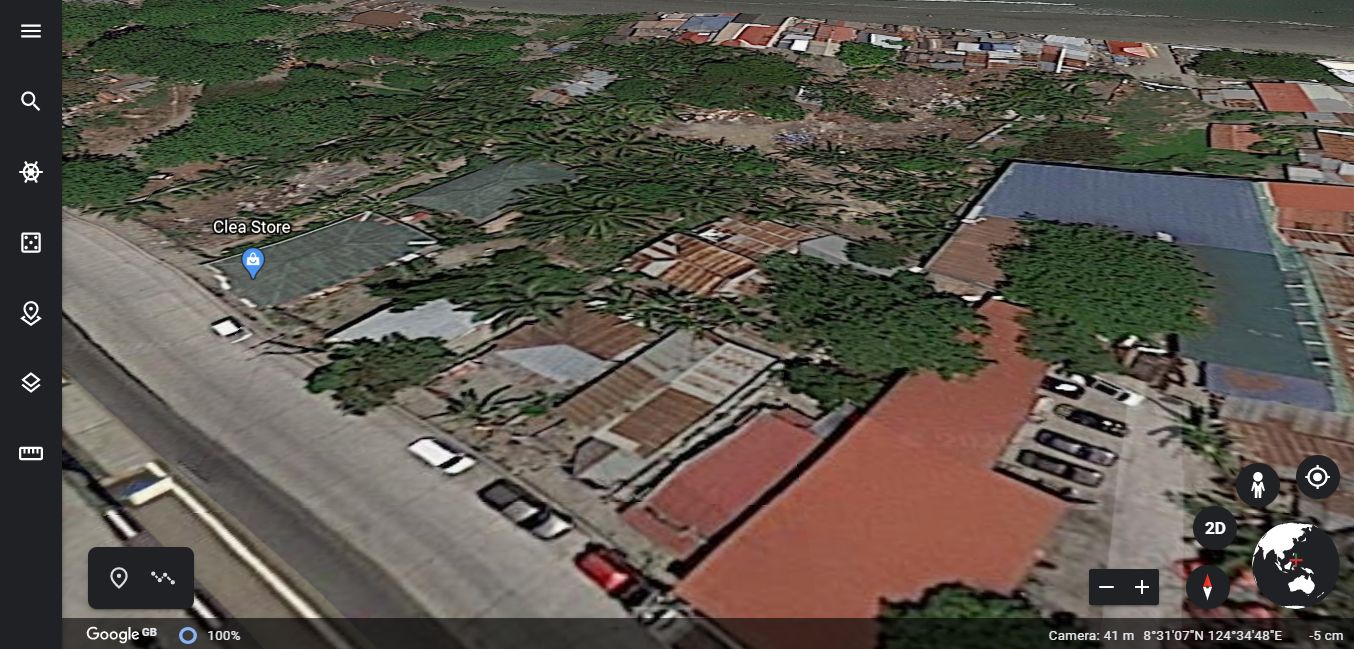


This imagery is no different from what any person can readily capture or see walking down the street.

Street View only features imagery taken on public property. We take privacy very seriously and our Street View product abides by the local laws and cultural norms of the country images are taken in. However, a company spokesperson did provide the following statement:

Google didn’t answer questions about how many blurring requests it gets and with what frequency it declines to honor those requests. Google employs a system that automatically blurs out faces and visible license plates however, things occasionally do slip through. The result is something that looks like what happened to these two addresses in Toronto: It will pull up a page where you can specify whatever image you want to have blurred. Once there, hit the ?Report a problem” button on the lower-right corner of the screen. Enter ?street view” mode by dragging the little man on the right side of the screen to the spot you want blurred. First go to Google Maps and enter your home address (or the address of whatever you want blurred). The second is being profoundly creeped out by the idea that anyone with an Internet connection has the ability see just that much more detail about supposedly private spaces like your home.įor those who fall into the the second category, there is something relatively easy you can do: have Google blur out its picture of your place. There are two possible reactions to this news: The first is that poking around random locations on Google Earth is about to become that much more fun. While Google did recently buy its own satellite company-meaning the company will soon be able to generate its own satellite images without DigitalGlobe-it stands to reason that if the government gave the ability to take pictures at a higher resolution to one of Google’s partners, it would also extend the same freedom to Google itself. Since DigitalGlobe is one of the primary suppliers of satellite imagery to Google, the real-world photographic visuals on Google products like Google Maps and Google Earth are about to become a good bit more revealing. Going forward, DigitalGlobe, the only high-resolution satellite imaging company based in the United States, will be able to use its newest generation of technology to take its most detailed pictures ever-photos in which it will be possible to differentiate between objects smaller than 10 inches in size. Until now, DigitalGlobe was prohibited from taking pictures that showed distinguishing features on objects smaller than about 20 inches tall. In response to an application by satellite imaging firm DigitalGlobe, the Department of Commerce just allowed the company’s satellites to take higher-resolution images than ever before.


 0 kommentar(er)
0 kommentar(er)
